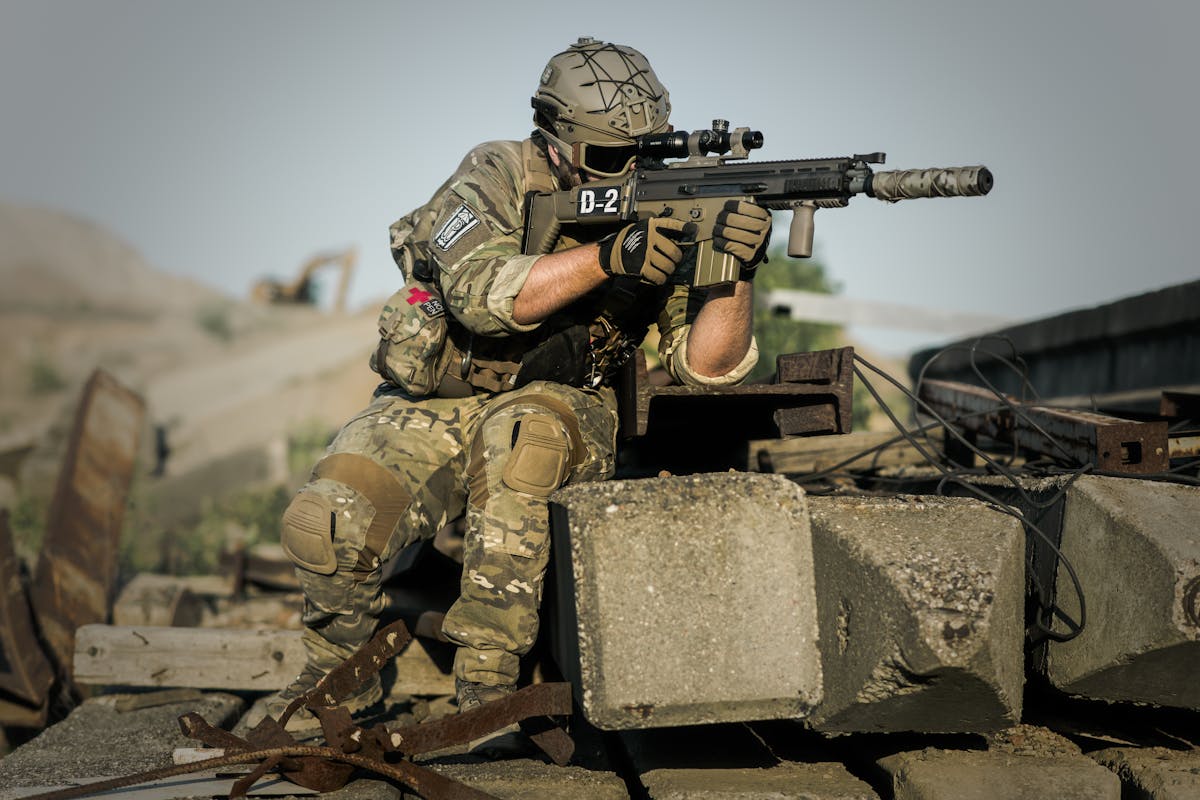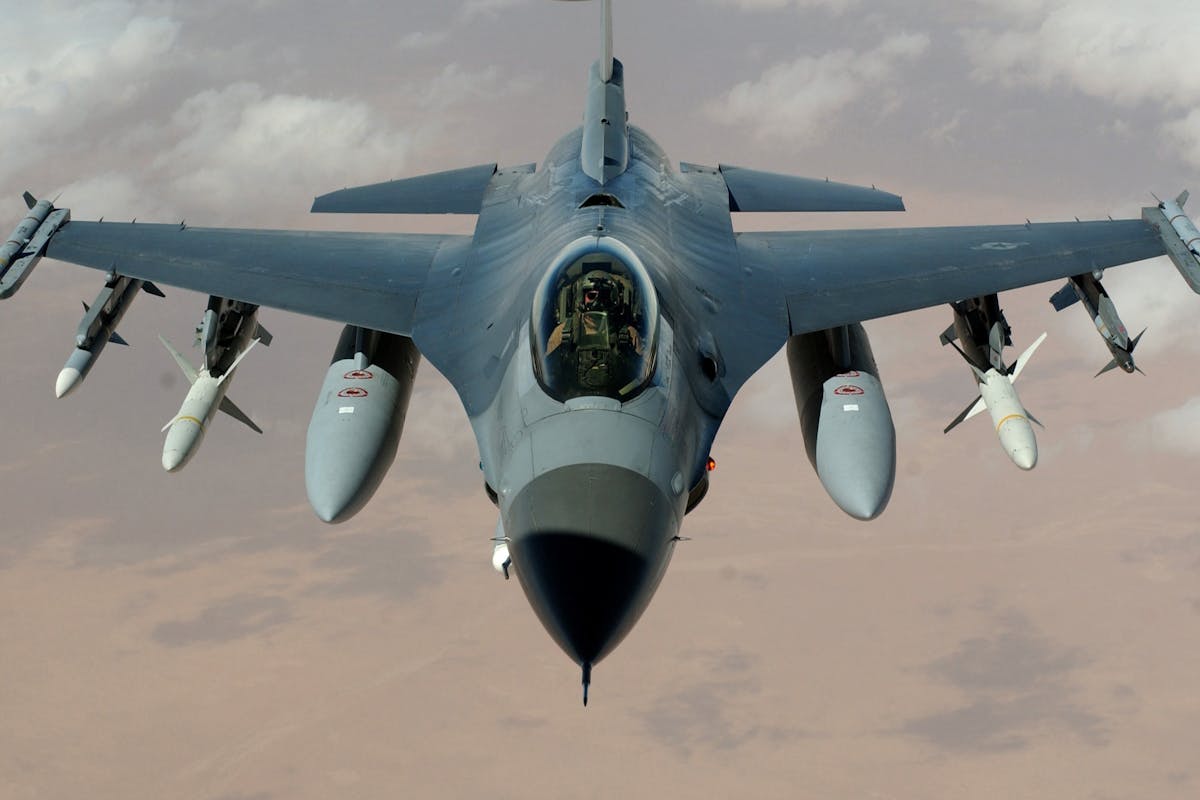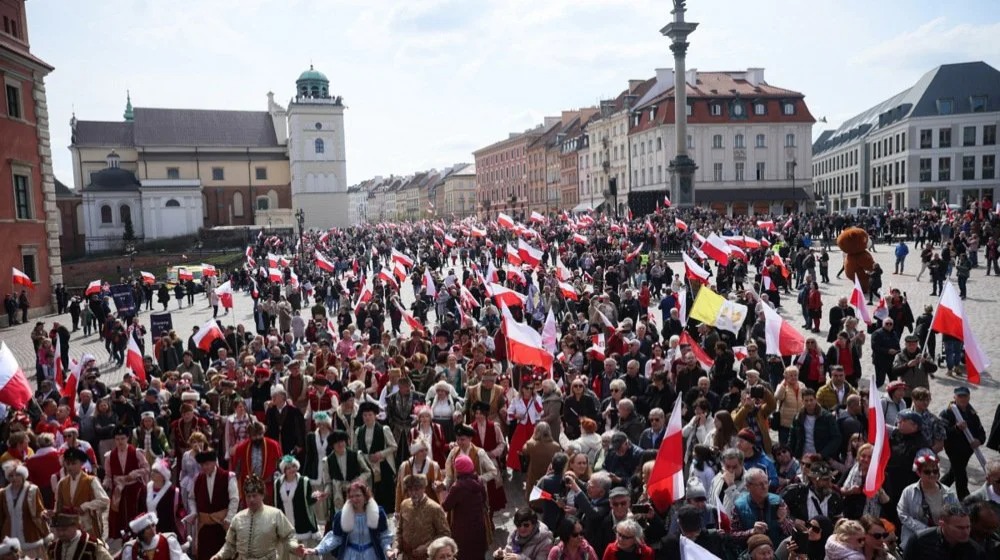
Whose Army Is the Strongest in Europe – Poland Has the Largest Defense Budget, Germany Plans to Overtake
Germany and other European countries are announcing investments of up to five percent of GDP in the military. Who are the continent’s major military powers, where are their strengths, and where are their weaknesses?
Berlin is increasing defense spending, not so much because American President Donald Trump demands it, but because there is growing awareness in Germany that military aggression cannot be stopped with kind words alone.
This is roughly how Germany’s new Foreign Minister, Johann Wadephul, announced that the new German government should invest up to five percent of GDP in defense. He made this statement at the NATO foreign ministers’ meeting in Antalya, Turkey – reports RTS.
According to the minister, Germany supports NATO Secretary General Mark Rutte's proposal to allocate 3.5 percent for military needs and an additional 1.5 percent for defense infrastructure.
The final decisions and plans of all NATO members will likely be announced at the NATO summit in The Hague at the end of June.
Chancellor Friedrich Merz also stated in his address to the Bundestag that he wants the Bundeswehr to become “Europe’s strongest conventional army.”
But other European countries are also setting ambitious goals.
Poland: Bastion on the Eastern Flank
Poland has been investing heavily in its armed forces for years, aiming to become the strongest land force in Europe. Last year, 4.12 percent of GDP went into the defense budget.
Warsaw’s main goal is to be armed effectively enough so that Russia wouldn't even consider threatening its territory.
The Polish military currently consists of about 150,000 soldiers in the professional army and territorial defense. By 2035, that number is expected to rise to 300,000.
Modern military equipment is being acquired – over 600 tanks, ordered in part from South Korea and the U.S., HIMARS rocket systems, drones, and in the future, F-35 fighter jets are expected to equip Poland’s infantry and air force.
On the other hand, the Polish navy is considered relatively weak.
Germany: From Hesitation to Leadership
The announced increase in defense spending to five percent of GDP would mark a historic shift in Germany’s security policy.
Since the end of the Cold War, the Federal Republic of Germany has emphasized international cooperation, diplomacy, and a “culture of military restraint.” A turning point came with Chancellor Olaf Scholz’s speech on February 27, 2022, three days after Russia’s attack on Ukraine, known as the "Zeitenwende" (new era).
Soon after, the German government established a special €100 billion fund for the Bundeswehr. Regular defense expenditures for 2024 amount to about €90 billion, or around 2.1 percent of GDP. An increase to five percent would mean an annual defense budget of over €160 billion.

Doubling expenses would undoubtedly put a heavy burden on the national budget, and additional funds are not yet secured.
The Bundeswehr currently has around 182,000 active soldiers. The Ministry of Defense plans to increase this number to at least 203,000 by 2031, with occasional mentions of a target of 240,000.
Modernization covers all branches of the military – old tanks, planes, and warships need replacement, with emphasis on digitization and improving the command chain, as much of Germany’s arsenal exists “only on paper” due to past budget shortfalls.
Key industrial players in Germany are Rheinmetall, Airbus Defence and Space, and Diehl Group, but international cooperation is increasingly prominent in the sector, especially since exports are extremely important.
France: A Nuclear Power with Global Ambitions
France is the only nuclear power in the EU and follows a strategy of global presence and military autonomy. The army includes about 203,000 soldiers, 175,000 gendarmerie forces, and around 26,000 reservists.
The French navy operates the nuclear-powered aircraft carrier Charles de Gaulle and strategic submarines, providing significant nuclear capability. Rafale fighter jets secure air superiority and are also equipped for nuclear deployment.
President Emmanuel Macron has significantly increased the defense budget since taking office in 2017. In a dramatic televised address in early March, he spoke in detail about the “Russian threat” looming over Europe. Consequently, the French defense budget is expected to nearly double.
France has historically had a military budget similar to Germany’s but has built a more combat-effective army – thanks in part to strong state support for the defense industry and public ownership.
United Kingdom: Well-Armed but Vulnerable
With a goal of nearly 2.4 percent of GDP, the UK also plans to increase defense spending, focusing on high-tech equipment, drones, artificial intelligence, and laser systems.
The Royal Navy has two aircraft carriers, though only one is operational. The air force is highly modernized – its core includes American F-35B fighter jets, with the British government planning to purchase a total of 138 units.
However, the British armed forces, with around 140,000 active soldiers (including 4,000 Gurkhas), are relatively small. Unlike many EU countries, significant personnel increases are not currently planned.
Prime Minister Keir Starmer emphasizes alliance loyalty and global intervention readiness. The UK military relies heavily on American technology, especially regarding submarine-based nuclear weapons.
Italy: Strong at Sea and in the Air, Weak on Land
At 1.49 percent of GDP, according to NATO data for 2024, Italy still falls short of the traditional two percent target.
Still, with 165,000 active troops, two aircraft carriers, and a powerful air force including Eurofighters and F-35s, Italy belongs to Europe’s heavier military category.
However, ground forces are considered outdated and in urgent need of reform. Prime Minister Giorgia Meloni aims to make Italy Europe’s strongest tank force.
Over 1,000 combat and multipurpose tanks have been ordered from Rheinmetall for that purpose. Italy’s strategic focus is the Mediterranean and the security of global trade routes.
Global Power Balance Remains Unchanged
Despite billions of euros invested in European armaments, the global military power hierarchy is unlikely to change significantly in the medium term. The U.S., Russia, China, and India remain at the top.
The leading European power – the United Kingdom – ranks only sixth. France follows in ninth place, while Germany currently occupies the eleventh position.
The Global Firepower platform compares military strength based on over 60 indicators – from tank numbers and naval capacity to the size of the fit military population – to create a comprehensive picture of global military power.





